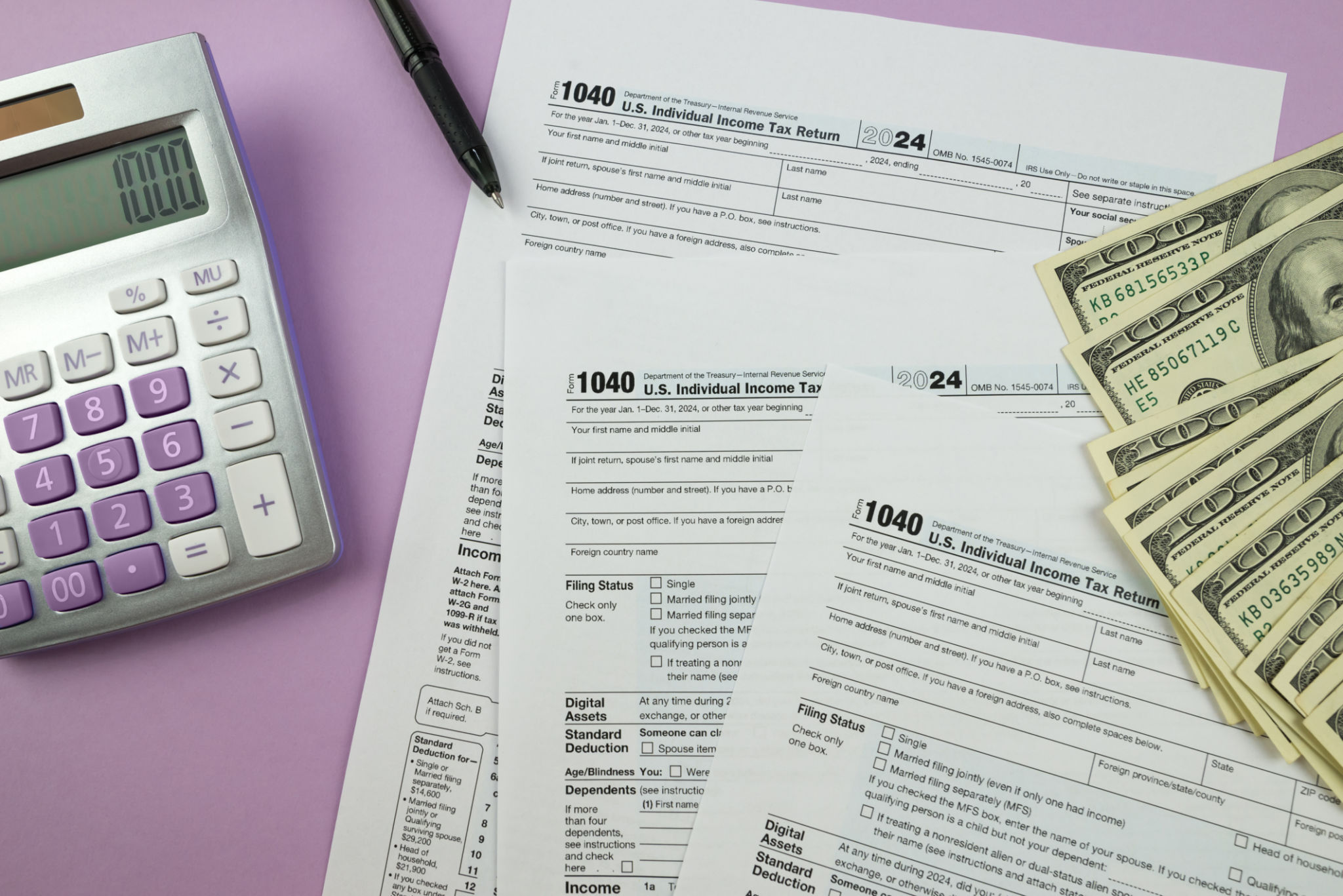Debunking Common Myths About SR&ED Tax Credits
Jo
Understanding SR&ED Tax Credits
The Scientific Research and Experimental Development (SR&ED) tax credit program is a Canadian government initiative designed to encourage businesses to innovate. Despite its benefits, several myths surround SR&ED that can deter companies from participating. Let's debunk some of the most common misconceptions.

Myth 1: SR&ED is Only for Large Corporations
Many believe that SR&ED tax credits are reserved for large corporations with extensive R&D departments. However, the program is accessible to businesses of all sizes. In fact, small and medium-sized enterprises (SMEs) often benefit the most from SR&ED claims. The program is structured to support any company engaging in eligible R&D activities, regardless of size.
Myth 2: Only High-Tech Companies Qualify
Another widespread myth is that only high-tech or software companies can apply for SR&ED credits. While technology firms are commonly associated with R&D, many industries qualify. Manufacturing, agriculture, and even food services can engage in activities that meet SR&ED criteria. It's not about the industry but the nature of the work being conducted.

Myth 3: SR&ED Applications Are Too Complex
Some businesses shy away from SR&ED due to the perceived complexity of the application process. While it requires detailed documentation and understanding of eligible activities, there are numerous resources available to assist applicants. Hiring a consultant or using specialized software can streamline the process, ensuring businesses claim all eligible credits.
Myth 4: Past Projects Cannot Be Claimed
A common misunderstanding is that only ongoing projects are eligible for SR&ED credits. In reality, businesses can file claims for projects completed within the last 18 months. This means companies should review past activities to identify potential claims, potentially uncovering significant tax savings they might have overlooked.

Myth 5: Only Successful Projects Count
Some businesses mistakenly believe that only successful R&D projects qualify for SR&ED credits. However, the program recognizes that the research process inherently involves trial and error. As long as the project involved systematic investigation and experimentation aimed at achieving technological advancement, it could be eligible—even if it ultimately did not succeed.
Myth 6: The Financial Benefit Isn't Worth the Effort
Finally, there's a belief that the financial return from SR&ED isn't substantial enough to justify the effort. In reality, the program offers significant tax incentives that can provide critical funding for ongoing innovation. For many businesses, the credits represent a vital financial boost that supports further research and development ventures.
By dispelling these myths, businesses can make informed decisions about leveraging SR&ED tax credits to support their innovation efforts. Engaging with this program can be a transformative opportunity, offering both financial benefits and a competitive edge in today's fast-evolving market landscape.